New types of polar lights are upending what we know about the aurora. Amateur scientists and interns made the latest discoveries.

Alexander Kuznetsov/Reuters
Scientists, amateur aurora-hunters, and a NASA intern have discovered fascinating new types of aurora in recent years.
One new type of aurora revealed curls in Earth's upper atmosphere, and another pointed to a strange magnetic crunch in space.
New observations of Jupiter's aurorae have also raised questions about the nature of these lights.
The colorful lights that dance across polar skies create beautiful displays, but they also reveal mysteries about how planets, space, and the sun interact.
Though humans have been observing the aurora for centuries, scientists are still learning about how it works. Just this year, amateur aurora-hunters discovered a new type of aurora that could come from space particles heating Earth's upper atmosphere. A NASA intern also revealed a new type of twisting aurora, which led scientists to a mysterious crunch in Earth's magnetic field.
The lights at Earth's poles continue to surprise researchers, and other planets' aurorae offer hints at how their atmospheres and magnetic fields behave, too.
Here's what researchers have learned about the aurora over the last few years.
In January, amateur aurora chasers revealed a new type of aurora that stretches across the sky like fingers. They called it "the dunes."
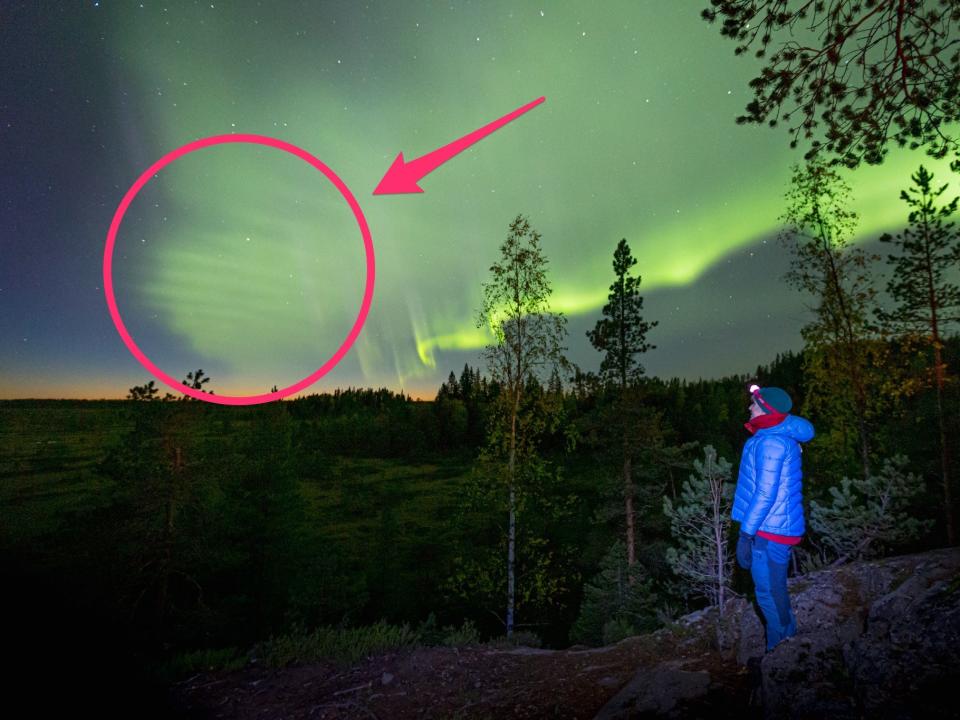
Unlike regular aurorae, which spread down vertically from main ribbons of light, the dunes' patterns stretch horizontally.
Scientists think the dunes could be a visible manifestation of atmospheric waves: undulations of air responding to regions of different temperatures or densities in the atmosphere.
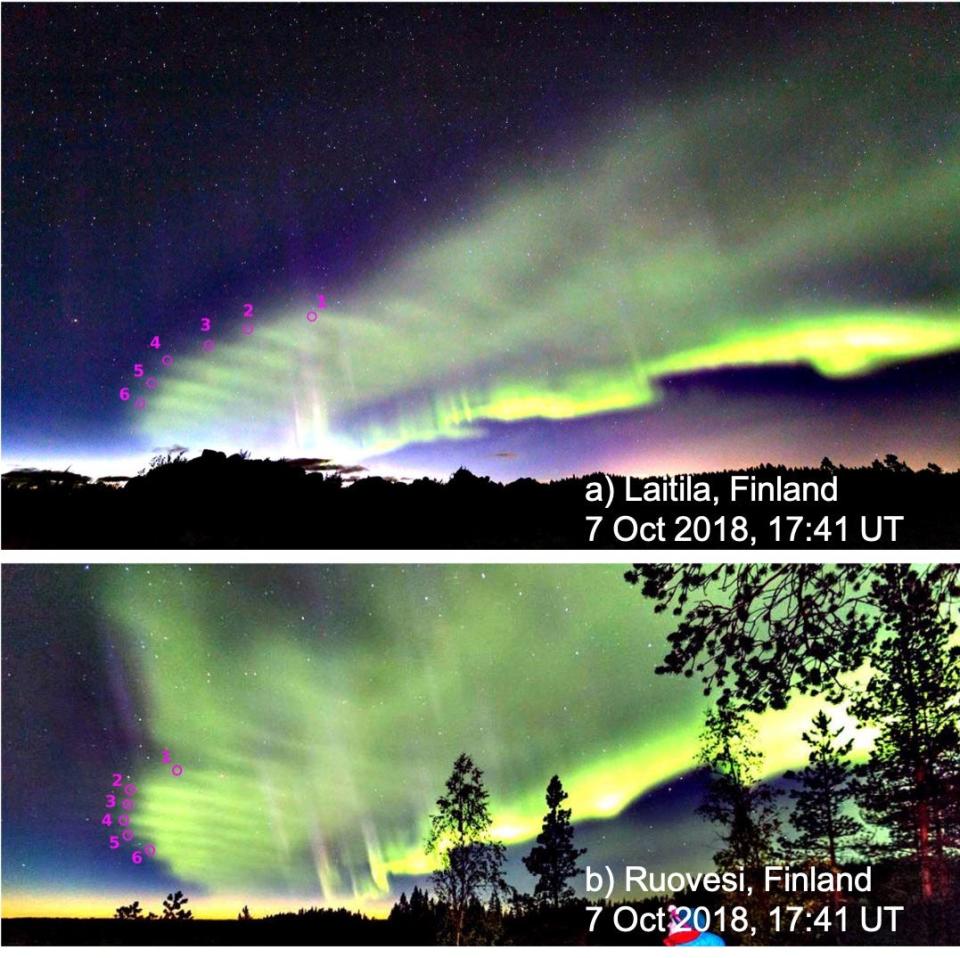
"For the first time, we can actually observe atmospheric waves through the aurora – this is something that hasn't been done before," Minna Palmroth, a physicist and lead author of a study on auroral dunes, said in a press release.
Based on video that the amateurs recorded, Palmroth thinks the dunes happen when electrical currents from space heat Earth's upper atmosphere.
That's because the dunes seemed to appear when charged particles from space transferred energy into the upper atmosphere. That heat could create a type of atmospheric wave that makes horizontal curls and folds in the air, which then spread across the sky.
"Different auroral forms are like fingerprints," Palmroth said.

"If you see a certain auroral form, you know basically from that form what's happening further out in space."
A few other discoveries in recent years have also upended how scientists understand the northern and southern lights.
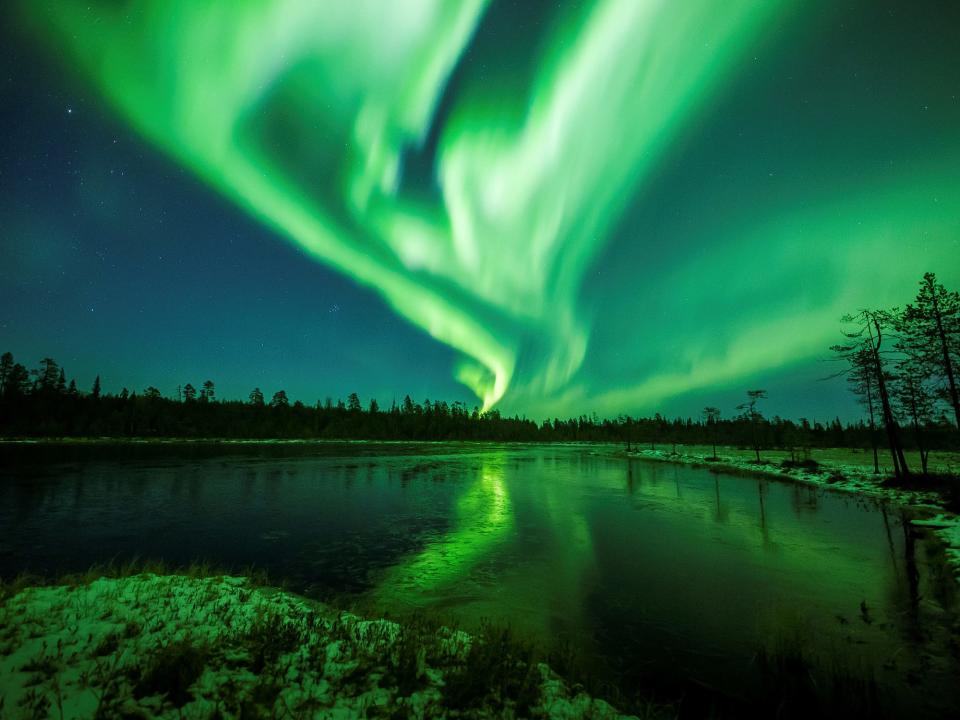
Alexander Kuznetsov/Reuters
Near the North Pole, the atmospheric phenomenon that produces those lights is called the aurora borealis. Near the South Pole, it's called the aurora australis.
Members of a group called the Alberta Aurora Chasers made one such discovery in 2016, when they spotted a strange purple arc in the sky.
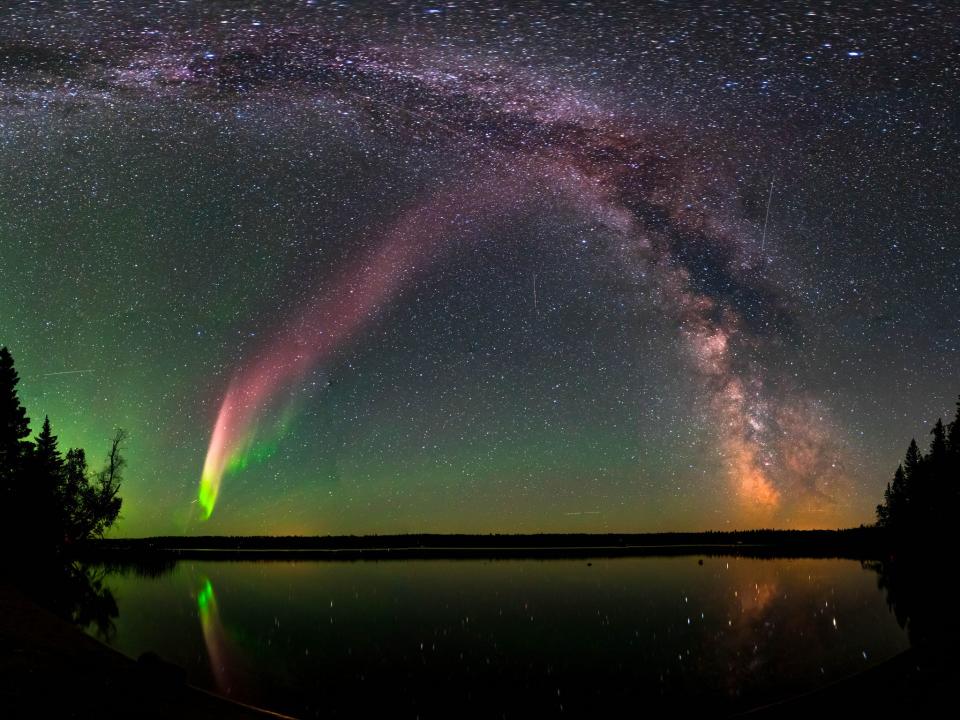
Krista Trinder/ NASA Goddard Space Flight Center
They dubbed the mysterious new streak of light "Steve," which later came to stand for the Strong Thermal Emission Velocity Enhancement (STEVE).
To figure out what this new phenomenon was, aurora researcher Eric Donovan tracked a satellite as it flew through a STEVE.
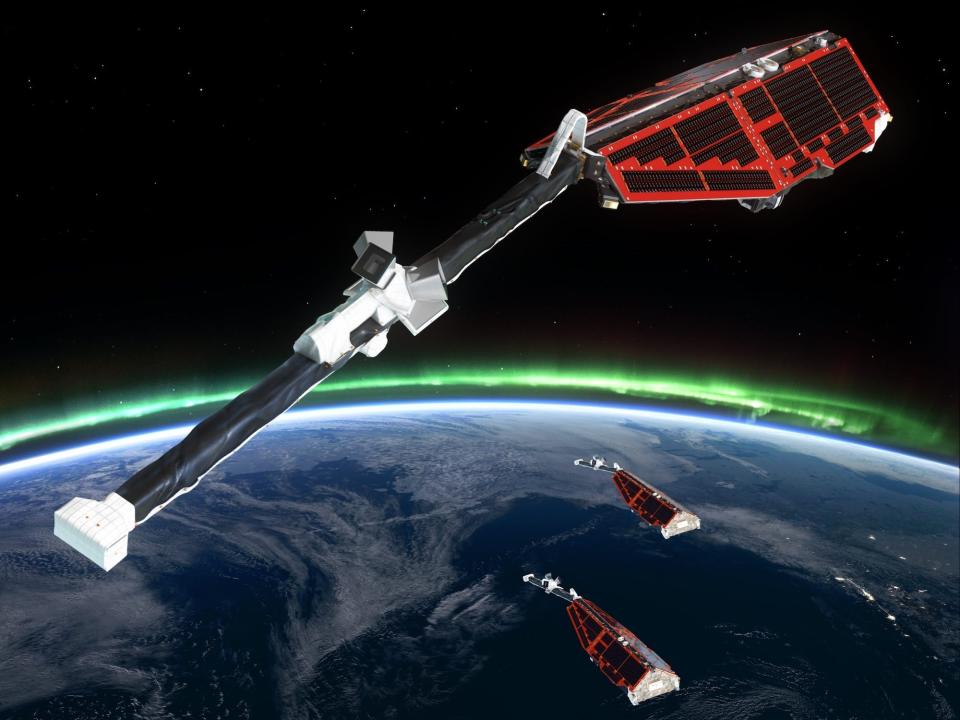
"In 1997 we had just one all-sky imager in North America to observe the aurora borealis from the ground," Donovan said in a press release from the European Space Agency, which built the satellite he used. "Back then we would be lucky if we got one photograph a night of the aurora taken from the ground that coincides with an observation from a satellite."
The processes that create an aurora on Earth start at the sun, thanks to a constant stream of electrically charged particles called solar wind.

Events on the sun send out floods of the ions and electrons that make up solar wind. These charged particles travel almost at the speed of light.
When these particles reach Earth, our planet's magnetic field funnels some of them to the poles, where they interact with our atmosphere to make the aurora.
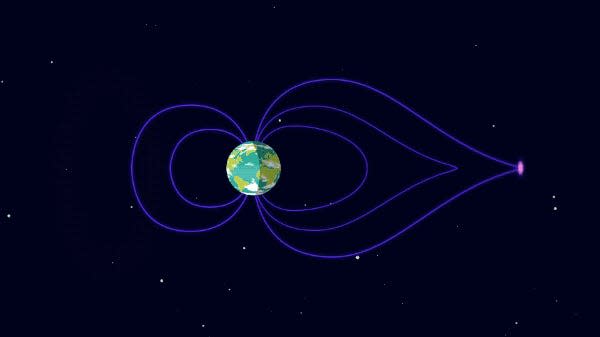
Solar particles interacting with oxygen produce green and red light, while nitrogen glows blue and purple.
Steve does not appear to come from these charged particles, however, which means it's technically not an aurora.
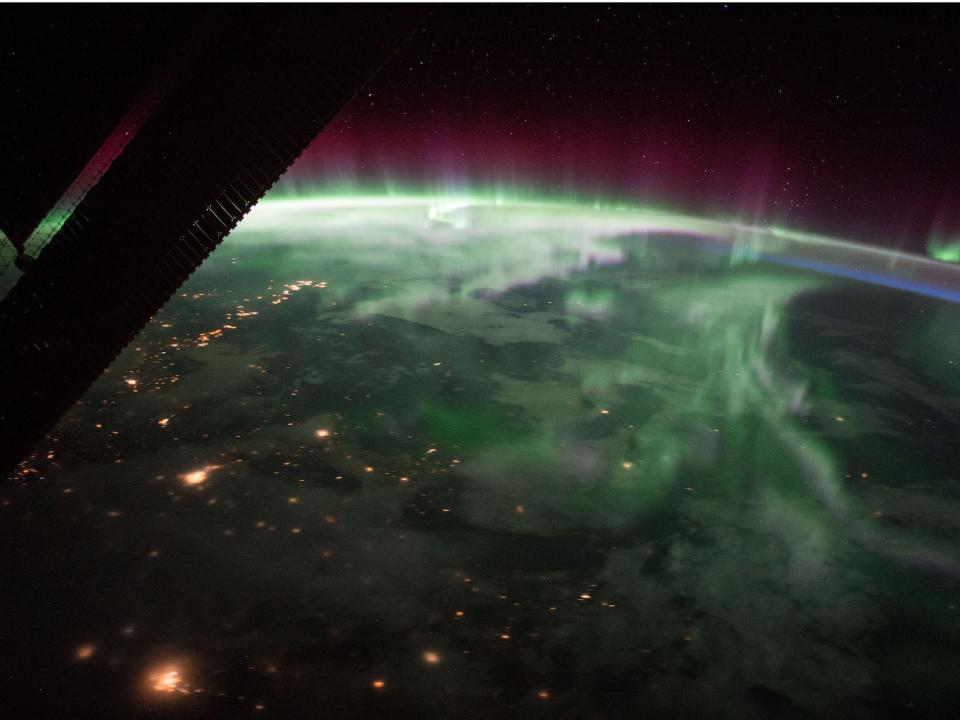
Rather, Donovan's satellite data suggested that STEVE came from a high-altitude ribbon of very hot gases burning at almost 5,500 degrees Fahrenheit (3,000 degrees Celsius).
"It turns out that STEVE is actually remarkably common, but we hadn't noticed it before," Donovan said.
Most true aurorae come at times of heightened solar activity, when big events like explosions on the sun flood Earth with charged particles.
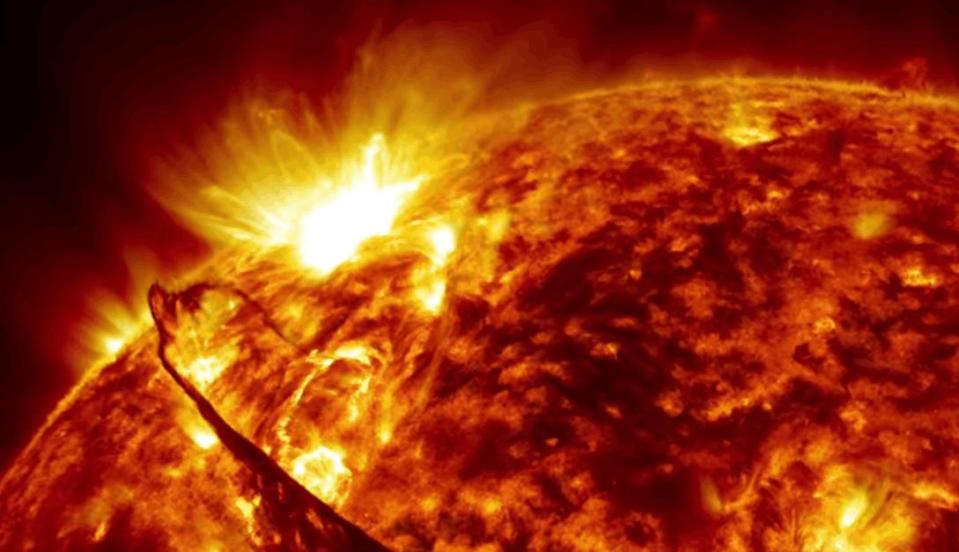
Big explosions and electric storms on the sun can also cut off electronic communications, confuse GPS, push satellites out of orbit, endanger astronauts, or even wipe out power grids.
Two such solar storms cut off emergency radio communications for a total of 11 hours following Hurricane Irma in 2017.
But last year, NASA intern Jennifer Briggs discovered an aurora that didn't coincide with any extra activity from the sun.

Fred Sigernes/Kjell Henriksen Observatory, Longyearbyen, Norway/Joy Ng
Briggs spotted the twisting aurora in the above footage from an island in Norway. Her team checked the records and found no unusual solar activity at that time.
"This eastward and then westward and then spiraling motion is not something that we've ever seen, not something we currently understand," she said in a press conference in December.
Scientists connected the twisting northern lights to a huge compression in Earth's magnetic field, making it the first aurora of its kind.

"You can imagine someone punching Earth's magnetic field," Briggs said. "There was a massive but localized compression."
Scientists think the mysterious compression may have come from a storm at the edges of the magnetic field. They don't know exactly what that might look like or where it could have come from.
Other planets have their own aurora, often through the same processes as Earth's.
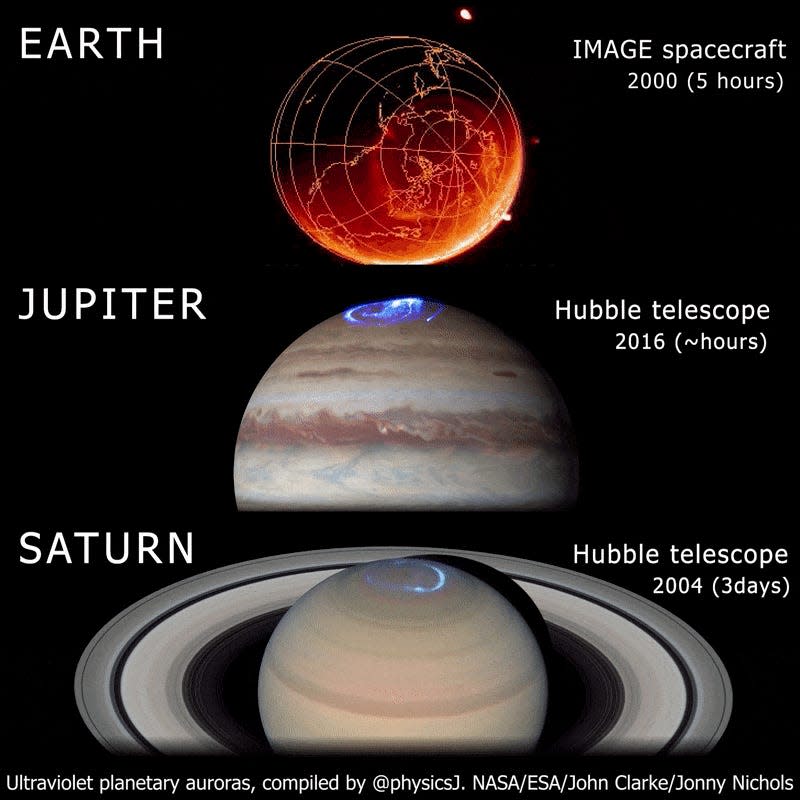
Unlike Earth, planets Jupiter, Saturn, Uranus, and Neptune have atmospheres mostly composed of hydrogen. So their aurorae are visible in ultraviolet light.
Some of Jupiter's aurora comes from its moon, Io, which has large volcanoes that spew sulfur dioxide into space.

Jupiter's magnetic field also rips material off of Io regularly and funnels it towards the planet's poles, where the particles make the aurora.
The charged particles that make Jupiters' aurora interact with its atmosphere to produce powerful X-rays.
In 2017, researchers revealed a mystery in Jupiter's' aurorae: Its northern and southern lights aren't fluctuating together.
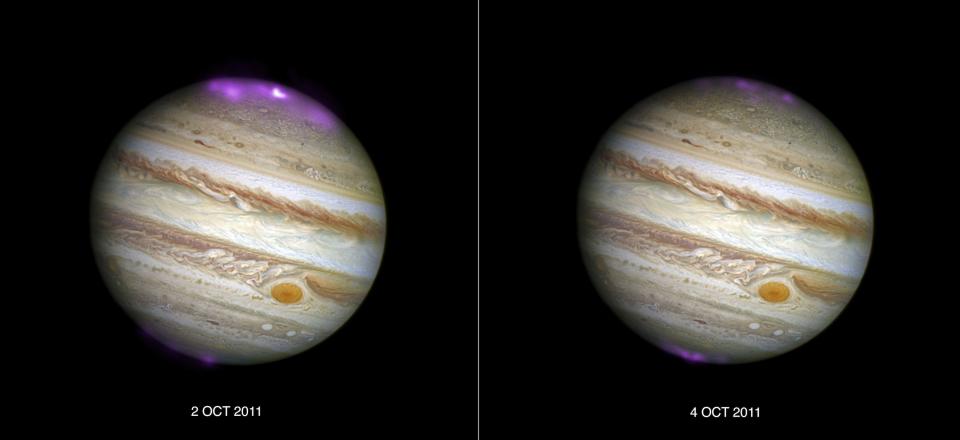
On Earth, the aurora borealis and aurora australis generally brighten and dim together, since Earth's magnetic field is distributing solar particles to both of them.
But observations of Jupiter during solar storms show the aurorae on its northern and southern poles acting independently of each other. Nobody knows why.
Read the original article on Business Insider


